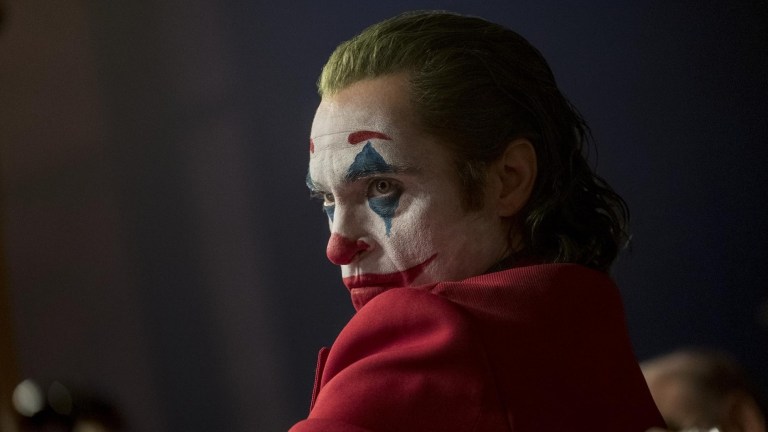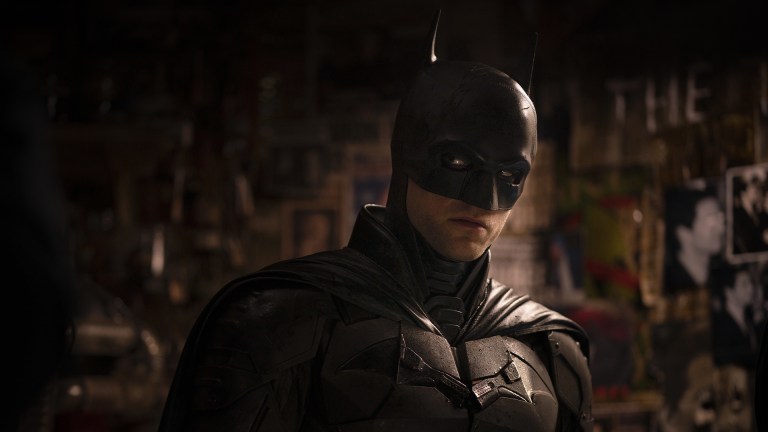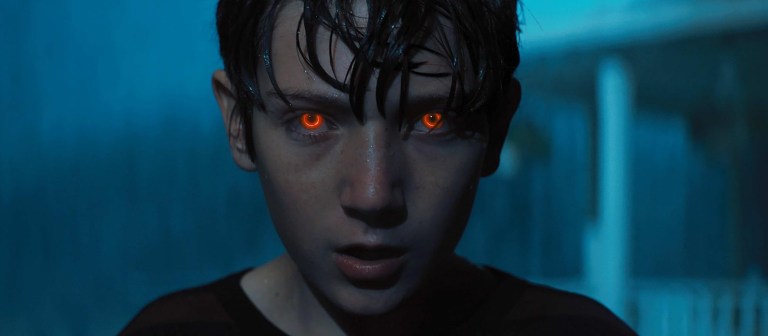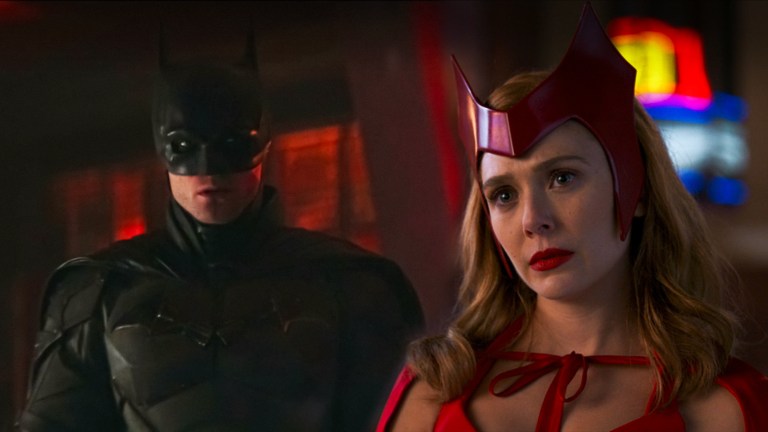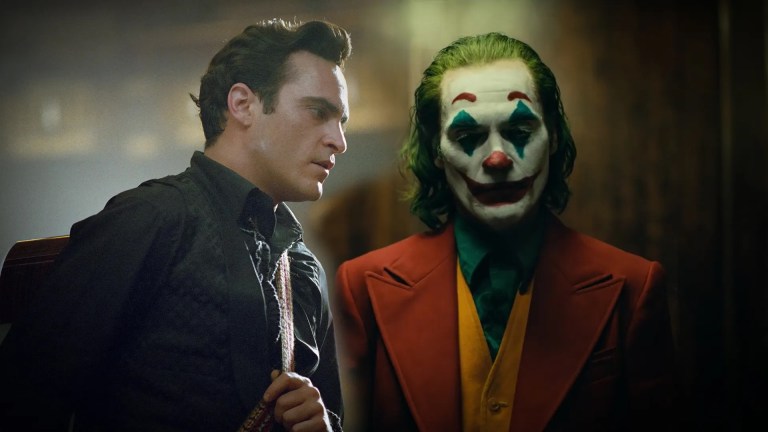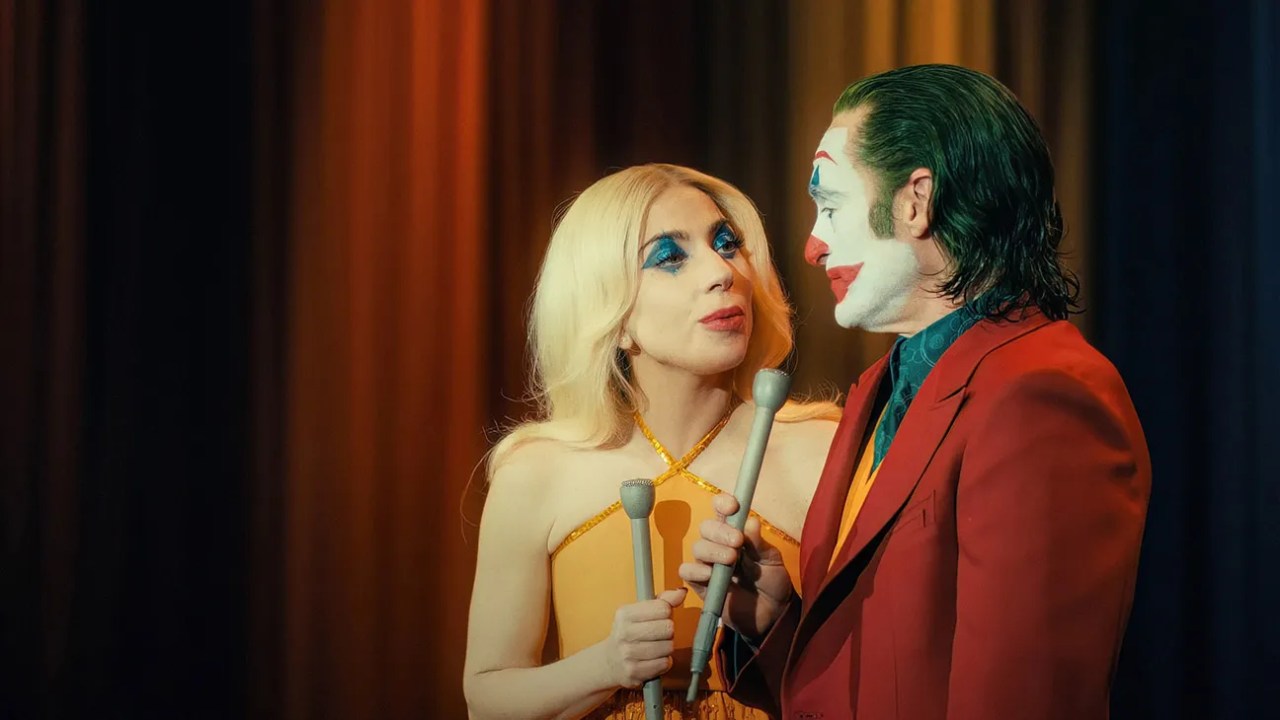
Review: ‘Joker: Folie à Deux’ Confirms DC As The Laughingstock Of Comic Book Movies
Oh no, Joker: Folie à Deux! Look at how they massacred my boy.
In 2019, Todd Phillips’ Joker polarized audiences, as a fear permeated that it might inspire some kind of violent incel revolution. In the end, all that happened is people dressed up as Arthur Fleck’s alter ego and reenacted the infamous dance scene on stairs across the world. A billion dollars and two Academy Awards later, Joker established itself as a major win for DC and Warner Bros. in a time in which its comic book movies fell apart at the seams.
Despite the unexpected success for a peculiar project, no one envisioned this as anything more than a one-off movie. Turns out that money talks louder than integrity in showbiz. Phillips and Joaquin Phoenix returned for Joker: Folie à Deux, a sequel that includes Lady Gaga as Harley “Lee” Quinzel and applies a musical twist to all the madness as it explores the trial of Arthur Fleck following his crime spree in the last movie. Unquestionably, the film swings for the bleachers; however, it hits itself right in the nether regions instead. Mild spoilers for Joker: Folie à Deux follow.
Joker: Folie à Deux is an absolute circus of a story
In a September 2024 interview with Vanity Fair, Lady Gaga spoke about how freeing and collaborating it was to make Joker: Folie à Deux. “We’d very often meet in Joaquin’s trailer and sometimes we would just tear the script up and start all over,” Gaga said. “It was a really cool, liberating process.”
It shows in the final film, too. In what can only be described as a Frankenstein’s monster of a script, Joker: Folie à Deux exists as a conflict of ideas and themes that forgets what it introduced in its last page. At one point, the story posits to the audience that Arthur Fleck is a narcissist and explores the concept in his reaction to Lee stealing his limelight in a musical reverie. Then, the film completely forgets about this for the rest of its running time. Scott Silver and Todd Phillips’ script (and whoever else contributed to this abomination) experiences multiple crises of identity, never knowing if it’s a courtroom drama, musical, or a poor man’s version of The Shawshank Redemption. Inevitably, it’s a mish-mash that tries to paint itself as high art when it’s nothing more than a YouTube compilation video of scenes.
Then, there’s the curious case of Lee Quinzel. From the get-go, Phillips declared this would be a different version of the Harley Quinn character. Gone is the accent, the over-the-top goofiness, and sassiness of the Clown Princess of Crime. Lee displays nothing more than the characteristics of Hybristophilia, where she falls head over heels for a killer and… that’s it. The decision boggles the mind since the classic Harley suits the showmanship and theatricality that the film tries to achieve with its musical nature. Instead, Lee comes across as nothing more than a generic character from a Lifetime TV thriller.
The film fears being a real musical
To its credit, Joker: Folie à Deux never hid the fact it contains musical elements. However, there’s no getting around the fact Phillips experienced cold feet at some point and didn’t fully commit to the idea here. Resultantly, the interludes where the characters break out into song and dance feel more out of place rather than as a natural flow and extension of the storyline. At least half of these numbers could have been removed entirely and the story would have been better off because of it.
Cinematographer Lawrence Sher looks to his peer Linus Sandgren for inspiration, infusing a timeless and playful quality to the aesthetic of the musical numbers, but this isn’t quite La La Land as it’s Gaga Land. One can’t help but think Lady Gaga’s casting was made solely because they needed someone to carry these moments alongside Joaquin Phoenix, who demonstrated his musical aptitude in Walk the Line. Yet, due to these interludes taking place too sporadically, they become more annoying rather than riveting. The film’s 138-minute running time doesn’t help matters much, and after an hour of too little story and too much singing, a viewer starts to look at their watch and wonder when this will all end.
DC stands for dire crisis
Joker: Folie à Deux isn’t quite the bleach-in-the-eyes experience as The Crow reboot. Joaquin Phoenix showcases how he could play the part of a plastic bag and have the audience gripped to the screen at his every move. The courtroom scenes also add color and shade to who Arthur Fleck really is, while it’s welcome to see actor Harry Lawtey explore a different side of Harvey Dent in these moments. Plus, Brendan Gleeson’s Jackie Sullivan and Phoenix’s Arthur make maniacal magic whenever they’re on screen together.
Unfortunately, the good doesn’t outweigh the bad here. The ending, in particular, infuriates, as it’s the cheapest copout to a story about the Joker yet. Comic book fans will know all about this, as it’s the same feeling they experienced when they reached the disappointing and non-committal conclusion of Geoff Johns, Jason Fabok, and Brad Anderson’s Batman: Three Jokers.
Unlike Joker, which provided a glimmer of hope for DC and Warner Bros. films in 2019, Joker: Folie à Deux confirms the state of disaster is real. The last time DC achieved a live-action hit – both in terms of critical reception and box office success – was in early 2022 through the release of The Batman, since then it’s been calamity after calamity. And this latest offering is no different. Right now, the DC Universe reboot – with a singular, unified vision – can’t come fast enough.
